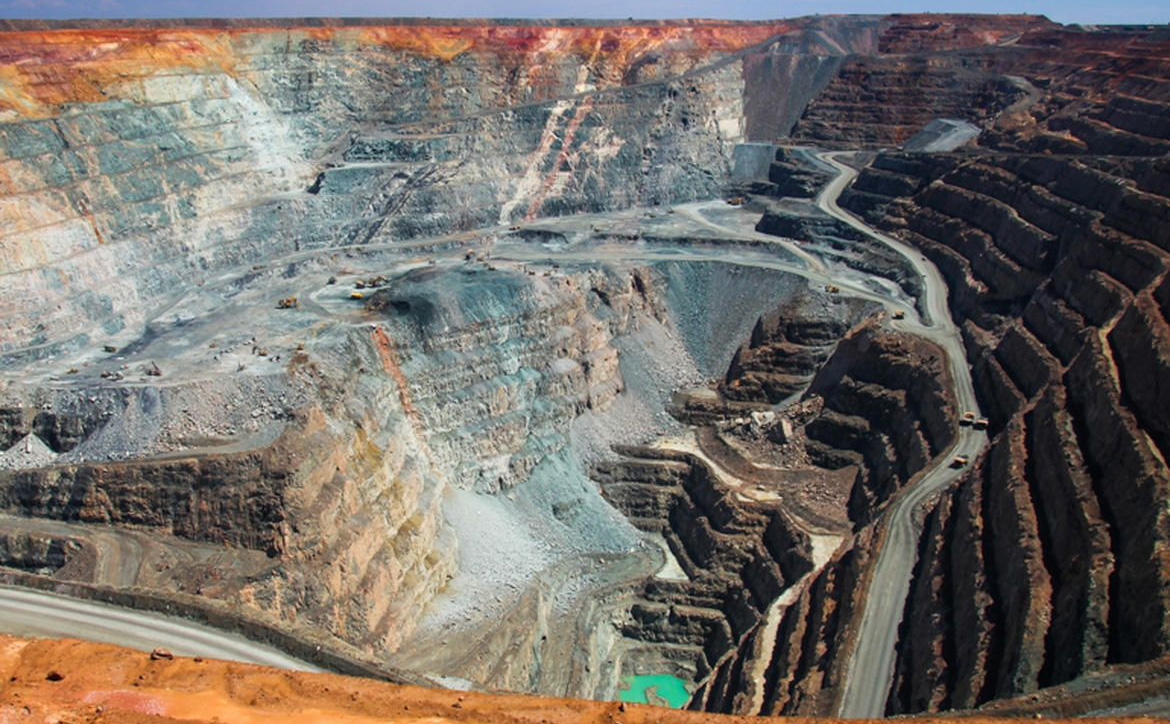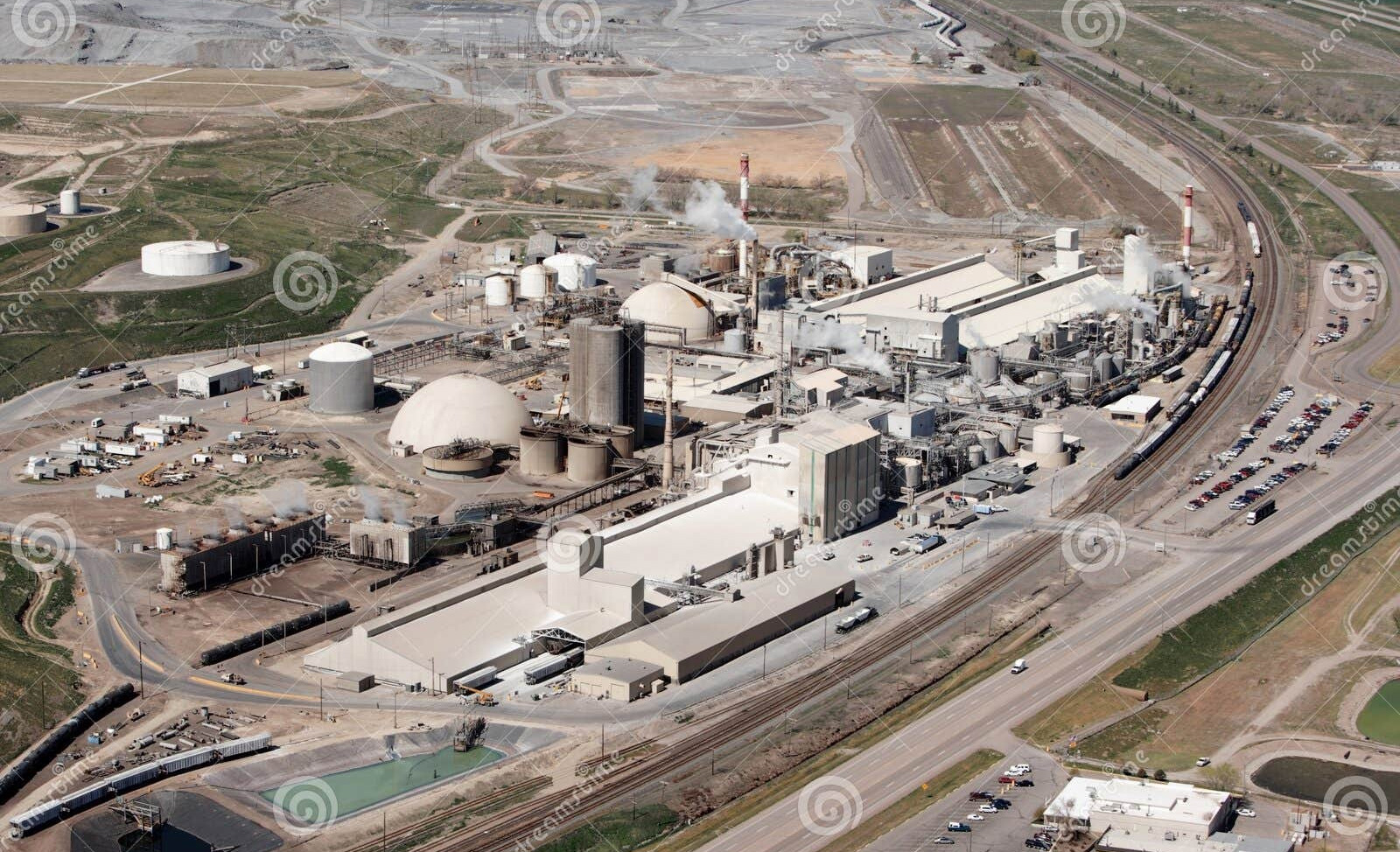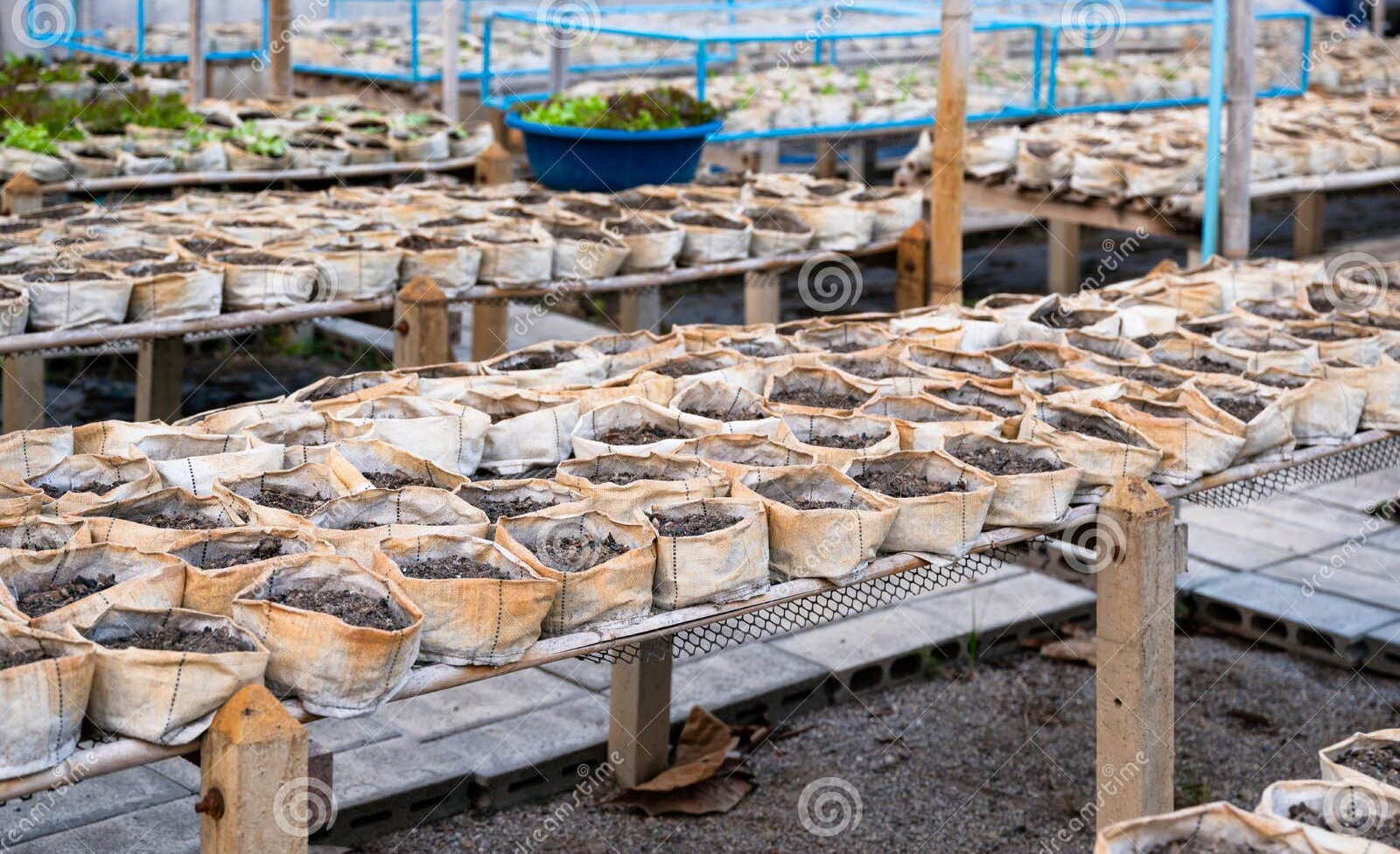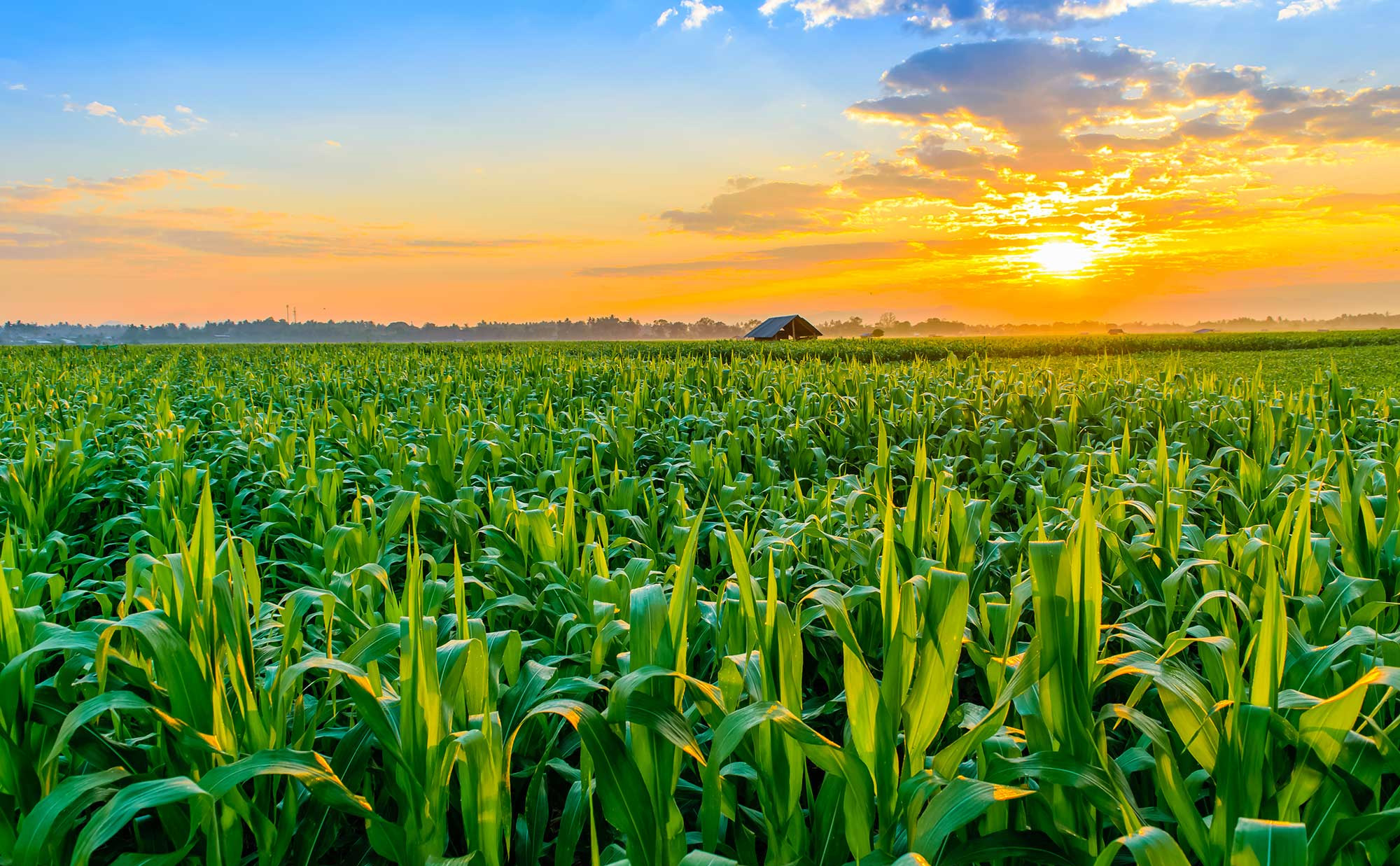Exploring the South African Fertilizer Market
Discover the key market segments, competitive landscape, value chain
analysis, and market dynamics of the South African fertilizer industry.
South African Fertilizer Market: An Overview
The South African fertilizer market is experiencing a period of robust
growth, driven by an increasing demand for agricultural productivity and
government initiatives to support sustainable farming. This market is
primarily segmented into nitrogenous, phosphatic, and potassic fertilizers,
each contributing to the overall growth in distinct ways.
Market Size and Growth Prospects.
The South African fertilizer landscape presents a robust growth outlook, underpinned by a series of
factors. Among these, the increasing demand for phosphate fertilizers stands out, attributable to the
country’s extensive agricultural activities that require nutrient-rich soil to boost crop yield. The
phosphate fertilizer segment’s growth is further bolstered by the country’s rich phosphate reserves,
leading to increased domestic production and reduced dependence on imports. The overall market
size is set to expand, driven by rising population, escalating food demand, and the subsequent need for
higher agricultural productivity. Government initiatives to support sustainable farming practices also
contribute to the market growth, encouraging the adoption of fertilizers to maintain soil health and
fertility.
Market Trends.
In the context of market trends, the South African fertilizer market is
facing rising input costs, including raw materials, labor, and energy, which
are anticipated to considerably impact the industry. For instance, the
escalating prices of natural gas, a critical raw material for nitrogen
fertilizers, are expected to put pressure on margins and could potentially
lead to a surge in fertilizer prices. Labor costs also represent a significant
portion of the operational expenses in the fertilizer industry. With the
ongoing labor unrest and demands for wage increases in South Africa, the
production costs for fertilizer manufacturers are set to escalate further.
Additionally, the energy-intensive nature of fertilizer production makes
the industry vulnerable to changes in energy prices. The rising costs of
coal and electricity in South Africa could thus dent the profitability of
fertilizer producers. Another trend shaping the South African fertilizer
market is the growing emphasis on sustainable and eco-friendly
production methods. This trend is driven by the increasing environmental
concerns and tightening regulations related to greenhouse gas emissions
and water usage in fertilizer products.
Market Drivers.
The escalating demand for fertilizers in South Africa is primarily driven by
the increasing need to enhance agricultural productivity. With a significant
part of the country’s economy relying on agriculture, the government has
been investing heavily in the sector. This, in turn, necessitates the use of
fertilizers to ensure high crop yield and quality. One of the key market
drivers is the growing use of major fertilizer nutrients perunit cropland
area. This trend can be associated with the recognition of the role of
fertilizers in replenishing soil nutrients, thereby enhancing crop health and
productivity. Besides, the continuous expansion of cropland areas for
various agricultural activities also contributes to the increasing fertilizer
consumption.
Market Challenges.
The South African fertilizer market is witnessing a surge in demand, particularly for phosphatic
fertilizers. This trend is likely to continue, with an anticipated compound annual growth rate (CAGR) of
6.23% by 2028. This is largely driven by the region’s extensive agricultural activities, which require
nutrient-rich soil for optimal crop yield. The country’s abundant phosphate reserves further support
this growth, contributing to increased domestic production and less dependency on imports.
Despite the promising growth, the South African fertilizer market is not without challenges. One of the
key issues is the rising input costs, encompassing raw materials, labor, and energy. The soaring prices
of natural gas - a crucial raw material for nitrogen fertilizers - are exerting pressure on margins. This
could lead to a potential surge in fertilizer prices, demanding a strategic approach to cost
management. Additionally, market players must navigate the regulatory landscape, which is
increasingly focused on environmental sustainability, adding another layer of complexity to operations.
This calls for substantial investment in innovation and technology to develop environmentally-friendly
fertilizer alternatives.
Market Size and Growth Prospects.
Nitrogenous fertilizers are compounds that primarily contain nitrogen, a
key element needed for plant growth and development. They are often
used to enhance the fertility of soil and increase agricultural productivity.
As per the anticipated market trends, the nitrogenous fertilizer segment in
South Africa is projected to witness a steady growth, reaching a market
size of USD 131.46 billion by 2030. This forecasted growth, at a CAGR of
2.21%, is primarily attributed to the escalating demand for nitrogenous
fertilizers within the country’s agricultural sector. The growing
requirement for these fertilizers can be linked to the changing farming
practices in South Africa, where farmers are focusing more on the quality
and yield of crops. Nitrogenous fertilizers have proven to be effective in
promoting plant growth, enhancing crop yield, and improving soil fertility.
Therefore, their increased adoption is expected to drive the expansion of
this market segment. However, it is noteworthy that the growth prospects
of the nitrogenous fertilizer market are influenced by fluctuating prices of
natural gas, a key raw material in the production of these fertilizers.
Potassic Fertilizers.
Potassic Fertilizers Estimated to reach USD 1.6 billion by 2027, growing at a CAGR of 4.78%.
The demand is supported by the increasing awareness of potassium benefits in crop yield
and quality.
- Potassium Chloride (Muriate of Potash)
A common potash fertilizer that stimulates crop root development,
enhances yield, and helps drought-stressed crops. Suitable for fruit trees,
bananas, peppers.
- Sulfate of Potash (SOP)
A natural product that contains potassium and sulfur and helps improve soil
characteristics like structure and nutrient exchange. Well-suited for high-
value cash crops like grapes, coffee, and tobacco.
- Potassium Nitrate (NOP)
A specialty fertilizer that supplies the preferred forms of potassium and
nitrogen to crops. Ideal for crops grown under extreme conditions and low
fertility soils, such as potatoes, tomatoes, and peppers.
Urea-based fertilizers.
Another emerging trend is the increased use of urea-based fertilizers. Urea, a nitrogen-rich compound,
is gaining popularity due to its high nutrient content and cost-effectiveness. The production cost of
urea is lower compared to other nitrogenous fertilizers, making it an attractive option for farmers.
Moreover, urea can be easily transported and stored, further contributing to its rising demand in the
market.
Biofertilizers.
The trend towards biofertilizers is also noteworthy. These organic fertilizers, composed of living
microorganisms, enhance the nitrogen availability in the soil. Biofertilizers are seen as a sustainable
alternative to chemical fertilizers, aligning with the global push towards organic farming and
environmentally-friendly agricultural practices. As such, the demand for biofertilizers is predicted to
grow steadily in the coming years.
Competitive Landscape.
Yara South Africa.
24.9%. Yara South Africa: Their product
line encompasses Nitrogenous, Phosphatic,
and Potassic fertilizers, catering to the
diverse nutrient needs of various crops. The
company’s product portfolio spans across
nitrate-based NPK fertilizers, urea and
sulfate-based fertilizers, and solutions for
environmental challenges.
OMNIA Fertilizers.
19.2%. OMNIA Fertilizer: Its product
portfolio includes a wide range of
Nitrogenous, Phosphatic, and Potassic
fertilizers to cater to varying crop nutrient
needs. Furthermore, OMNIA Fertilizer offers
specialized products tailored to specific soil
and crop conditions, demonstrating its
customer-centric approach. The company’s
nitrogenous fertilizers, recognized for their
high nitrogen content, play an integral role
in promoting plant growth.
Kynoch Fertilizers.
15.8%. Kynoch Fertilizer: Offers custom-
made solutions with a focus on quality and
innovation in product development. The
company’s portfolio is predominantly
known for its wide array of granular, liquid,
and specialty fertilizers.
Fertplan.
12.5%. Fertplan:
Known for advanced
solutions tailored to diverse agricultural
needs and emphasizing sustainability.
Nutri-Tech Solutions (NTS)
Nutri-Tech Solutions:
The product portfolio includes bio-
fertilizers, soil conditioners, organic
composts, and liquid fertilizers, all of which
are designed to improve soil health and
boost crop productivity. A standout
offering in their lineup is the NTS Soluble
Powder Range, a collection of high-
performance, water-soluble fertilizers that
cater to the precise nutrient requirements
of different crops. Another noteworthy
product is the NTS NutriSea Liquid Fish
Fertilizer, an organic product rich in
proteins, vitamins, and amino acids,
promoting plant growth and resilience.
Value Chain Analysis.
Raw Material Suppliers.
The value chain for the fertilizer industry in South
Africa encompasses a broad spectrum of
activities, starting from the procurement of raw
materials to the delivery of end products. A
critical cog in this wheel is the raw material
suppliers, who play a pivotal role in ensuring the
quality and efficacy of the final products. Major
raw materials for fertilizer production include
ammonia, phosphoric acid, and potash. These are
primarily sourced from natural gas, phosphate
rock, and potash ores, respectively. South Africa
is endowed with abundant phosphate rock
reserves, which is a significant advantage for
phosphate fertilizer manufacturers. However, the
country relies on imports for natural gas and
potash. Several international suppliers dominate
the natural gas market, including Russia’s
Gazprom and Qatar’s RasGas. These suppliers
have established long-term contracts with South
African companies, ensuring a steady supply of
natural gas for ammonia production.
Manufacturers.
Conversion and production of raw materials into
fertilizers that are ready for market distribution.
Focus on product innovation and quality, catering
to diverse crop needs. The value chain analysis of
the fertilizer industry in South Africa underscores
the role of key manufacturers. Omnia Fertilizer,
for example, presents a strong value proposition
with its diverse product portfolio. Its offerings
encompass nitrogenous, phosphatic, and
potassic fertilizers, each tailored to specific crop
nutrient requirements.
Distribution and Sales Channels
The distribution and sales channels in the
industry are equally critical. Most manufacturers
deploy a multi-pronged distribution strategy that
includes direct sales to farmers, collaborations
with local agro-dealers, and partnerships with
cooperative societies. This approach facilitates
wider product reach and allows manufacturers to
penetrate remote farming regions. The advent of
digital technology has also impacted the sales
channels. Manufacturers are increasingly turning
to e-commerce platforms to sell their products,
leveraging the growing internet penetration
among the farming community.
End-User.
The implementation of sustainable farming
practices has led to an increased demand for
organic and bio-based fertilizers. Consequently,
companies like Nutri-Tech Solutions are emerging
as key players, offering products like
biofertilizers, soil conditioners, and organic
composts. This trend reflects the growing
consciousness among end-users towards
environmentally friendly farming practices,
significantly influencing market dynamics.

Conclusion.
Competition.
The local fertilizer market
competition is fierce and
expected to spur innovation
and development.
- Yara South Africa
- OMNIA Fertilizers
- Kynoch Fertilizers
- Fertpla
Market Growth.
The South African Fertilizer
market is expected to grow
with emerging market
opportunities and sustainable
practices.
- Demand for high-value crops.
- Organic farming practices.
- Favorable government initiatives.
Industry Challenges.
One of the key issues is the
rising input costs,
encompassing raw materials,
labor, and energy. The soaring
prices of natural gas - a
crucial raw material for
nitrogen fertilizers - are
exerting pressure on margins.
This could lead to a potential
surge in fertilizer prices
- Drought and fluctuating rainfall.
- High fertilizer prices





